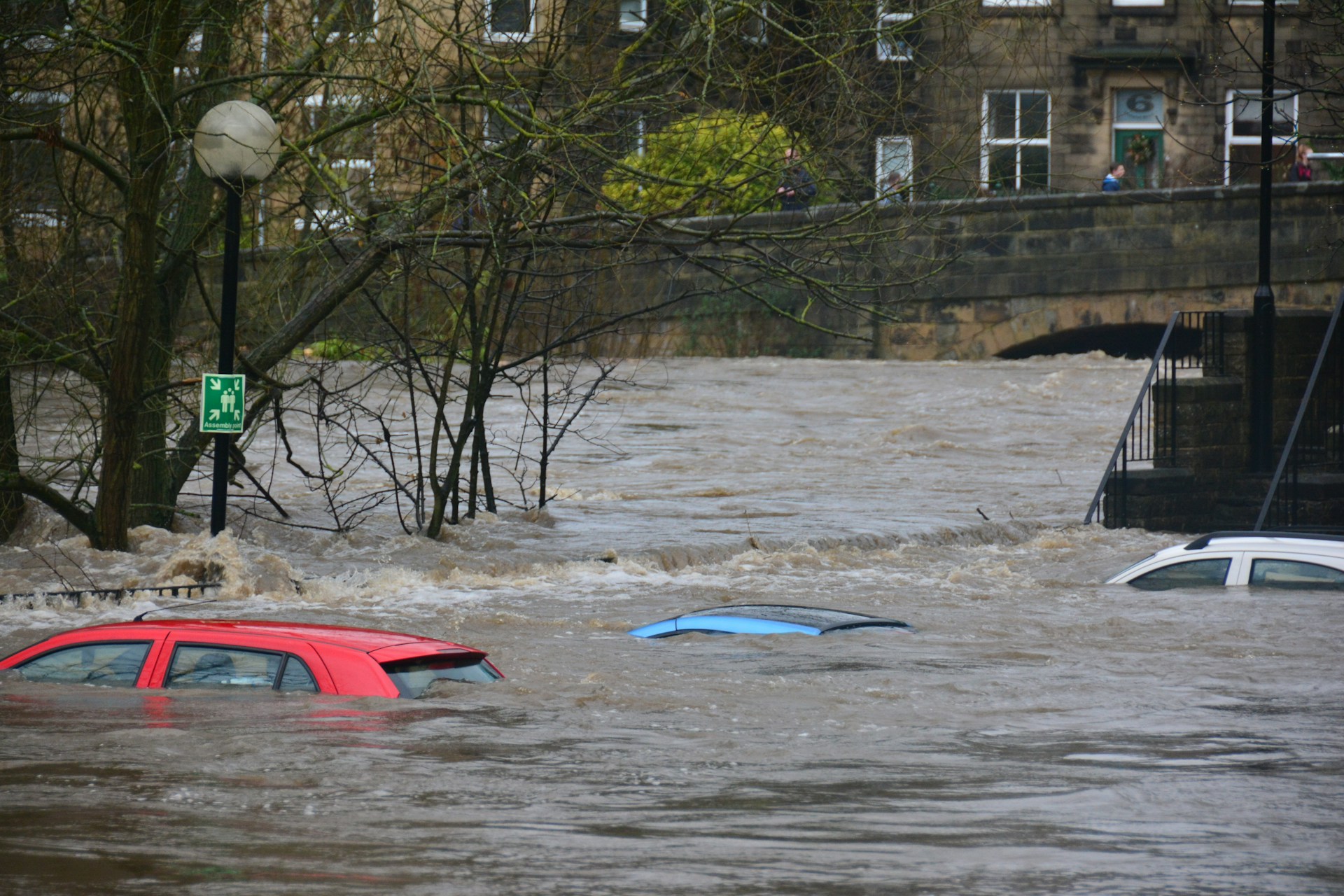Inclusive Finance Tackling Climate Change
The climate crisis continues to worsen, with 2024 a record-breaking year for global warming. For twelve straight months, global average temperatures exceeded pre-industrial levels by 1.5°C. By August 2024, 15 countries had already experienced record-breaking heat.
These rising temperatures are fueling more intense extreme weather events like hurricanes, heatwaves, droughts, and extreme rainfall, disproportionately impacting the world’s poorest populations. The Greater Horn of Africa, for example, is grappling with a severe drought – one of the worst in decades – exacerbated by ongoing conflict, instability, the lingering effects of the COVID-19 pandemic, and rising food prices partly driven by the war in Ukraine. Hundreds of lives were also lost in Asia due to extreme heatwaves in April 2024, forcing governments in India, the Philippines, and Bangladesh to issue warnings, close schools, and advise citizens to stay indoors.
Simultaneously, Brazil experienced devastating floods followed by record-breaking rainfall, impacting nearly 1.5 million people and costing the government billions. “In this context, it is important to remember that the impacts of climate change disproportionately affect the most vulnerable and compel us to urgently seek adaptation solutions,” urged Luis Antonio Lindau, Director of Cities at WRI Brasil.
Finance is Lacking
Traditional finance has been criticized for its slow and insufficient response to the climate crisis. Its focus on short-term profits often overshadows the need for long-term sustainability, resulting in continued investment in environmentally damaging industries like fossil fuels, despite the known long-term risks. For example, recent research indicates that a staggering 85% of banks worldwide still fund new coal projects. Worryingly, none of the banks assessed in the study have committed to phasing out coal financing in line with the 1.5°C global warming target. Furthermore, only a small fraction (8%) of these banks have pledged to halt project financing for new oil and gas fields, and no bank has committed to completely end financing for deforestation activities by 2025.
Although awareness of the climate crisis is increasing, current investment in climate mitigation and adaptation remains drastically insufficient. While climate finance flows nearly doubled from 2020 to reach almost $1.3 trillion in 2022, this amount needs to increase at least five times annually by 2030 to avert the most severe climate change impacts. As Dr. Barbara Buchner, Global Managing Director at Climate Policy Initiative, points out, “While crossing the $1 trillion threshold is undeniably good news, it is important to emphasize that this represents just 1% of global GDP.” She stresses the urgent need for all stakeholders to accelerate investments, not only to minimize future economic and social costs, but also to capitalize on the immense opportunities that exist for businesses in pursuing low-carbon and climate-resilient strategies.
Traditional finance frequently overlooks the environmental and social consequences of its operations. A recent report has accused five of the world’s largest banks of “greenwashing” their involvement in Amazon rainforest destruction. The report alleges that their environmental and social guidelines fail to adequately address over 70% of the rainforest’s area. These institutions are said to have provided billions of dollars in financing to oil and gas companies engaged in projects that harm the Amazon, destabilize the climate, and infringe upon the lands and livelihoods of Indigenous communities.
Inclusive Finance for Climate Action
Inclusive finance offers a promising approach to address the challenges of climate finance reaching vulnerable populations. It focuses on creating tailored financial products, like microloans and microinsurance, for unbanked low-income individuals. A robust inclusive finance ecosystem has emerged over the past 50 years, comprising nearly 5,000 institutions across 147 countries with established networks in low-income communities.
Currently, less than 20% of climate finance reaches local actors, hindering effective action at the individual and household levels. Inclusive finance providers, with their expertise in serving these populations, can bridge this gap by delivering targeted financial services.
Furthermore, the inclusive finance sector can unlock substantial private capital for climate initiatives. With an annual global lending capacity exceeding $180 billion, these institutions can redirect a portion of their resources towards grassroots climate action. This requires collaboration between financial institutions, their clients, and climate experts to develop effective, localized solutions.
Inclusive finance offers a powerful opportunity to empower local communities and drive grassroots climate action. To realize this potential, governments should commit to directing a specific portion of climate funding directly to affected populations, including through inclusive financial services, thereby empowering them to lead their own climate adaptation efforts.
Simultaneously, private actors, including financial institutions and their funders, should significantly increase investments in developing and scaling innovative inclusive finance solutions that support resilience and promote inclusive green technologies. Integrating climate risk and opportunity considerations into all financial services is also crucial.
Finally, fostering collaboration between those working in climate change and financial inclusion is paramount. This shared agenda demands urgent attention and concerted action.
Photo Caption: The climate crisis continues to worsen.



